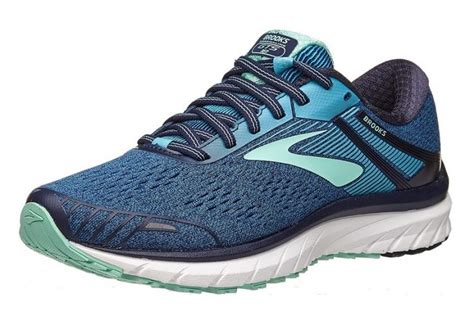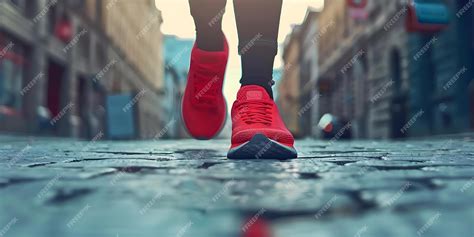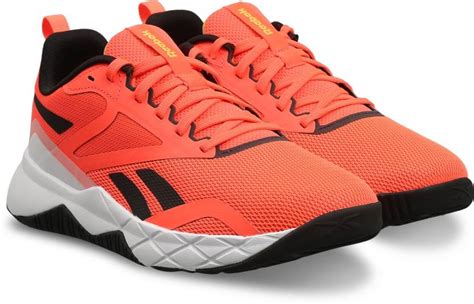Conquering the Pavement: Finding Your Perfect Pair for Injury-Free Runs
Running is a fantastic way to stay fit, but it can unfortunately lead to common ailments like knee pain and shin splints. For men hitting the pavement or trails, choosing the right running shoes is not just about comfort – it’s a critical step in injury prevention. The right footwear can absorb impact, guide your foot’s motion, and provide the necessary support to keep you running strong and pain-free.
Understanding Knee Pain and Shin Splints in Runners
Knee pain and shin splints (medial tibial stress syndrome) are prevalent issues among runners, often stemming from repetitive impact and improper biomechanics. Knee pain can manifest as runner’s knee (patellofemoral pain syndrome) or IT band syndrome, while shin splints cause aching pain along the shin bone. Both can be exacerbated by inadequate cushioning, poor arch support, or shoes that don’t match your foot’s pronation style (how your foot rolls inward during impact).
Finding shoes that address these factors is paramount. Let’s delve into what to look for.

Key Features to Look For in Injury-Preventing Running Shoes
When selecting your next pair, focus on these critical elements:
1. Cushioning
Cushioning is essential for shock absorption, reducing the impact on your joints. Shoes range from minimalist to maximalist in their cushioning levels. For injury prevention, especially for knee and shin issues, a moderate to high level of responsive cushioning is often recommended. Look for technologies like Brooks’ DNA LOFT, Hoka’s PROFLY, Saucony’s PWRRUN, or ASICS’ GEL technology.
2. Stability vs. Neutral Support (Pronation Control)
- Neutral Shoes: Best for runners with neutral pronation (feet roll minimally inward) or supination (feet roll outward). These shoes offer balanced cushioning without added arch support to correct pronation.
- Stability Shoes: Designed for runners who overpronate (feet roll excessively inward). They feature support elements, often denser foam on the arch side (e.g., Brooks’ GuideRails, ASICS’ Dynamic DuoMax), to guide the foot and prevent overpronation, which can lead to knee and shin pain.
Knowing your pronation type, often determined by a gait analysis at a specialized running store, is crucial for selecting the correct shoe type.
3. Arch Support and Fit
Your arch type (low, normal, high) plays a role in how your foot absorbs impact. Shoes are often designed with features to complement different arch types. A good fit means enough room in the toe box, a secure midfoot, and no heel slippage. An ill-fitting shoe can lead to blisters, black toenails, and poor foot mechanics.
4. Heel-to-Toe Drop
This refers to the difference in height between the heel and forefoot cushioning. A higher drop (10-12mm) is traditional and may alleviate pressure on the Achilles and calves, while a lower drop (0-6mm) encourages a more natural midfoot strike but requires stronger calf muscles. For shin splint prevention, some runners find a moderate drop beneficial.
Top Picks: Best Running Shoes for Men to Prevent Injuries
Based on their proven track record for support, cushioning, and stability, here are some highly recommended shoes for men targeting knee and shin splint prevention:
For Neutral Runners (or Mild Overpronators)
- Brooks Ghost: A perennial favorite, offering a balanced blend of soft cushioning and responsiveness. It’s versatile, durable, and suitable for daily training.
- Hoka Clifton: Known for its maximal cushioning and smooth ride, ideal for absorbing impact over long distances.
- Saucony Ride: A reliable workhorse with ample PWRRUN cushioning for a protective and responsive feel.

For Stability Runners (Moderate to Severe Overpronators)
- Brooks Adrenaline GTS: Utilizes GuideRails technology to provide subtle, holistic support, keeping your body in its natural motion path without overcorrecting.
- ASICS GEL-Kayano: A long-standing leader in stability, offering exceptional cushioning and a supportive ride for overpronators.
- Saucony Guide: Delivers reliable stability and soft cushioning, making it an excellent choice for daily runs.
- Mizuno Wave Inspire: Features Mizuno’s signature Wave Plate for dynamic stability and a smooth transition.

Beyond the Shoes: Other Prevention Tips
While the right shoes are crucial, they are just one piece of the puzzle. Complement your footwear choice with these practices:
- Gradual Progression: Increase mileage and intensity slowly (the 10% rule is a good guideline).
- Strengthening & Stretching: Incorporate exercises for your core, glutes, quads, and calves. Regular stretching can improve flexibility.
- Listen to Your Body: Don’t push through pain. Rest and cross-train when needed.
- Proper Form: Focus on a light, efficient stride with a slight forward lean and a midfoot strike.
- When to Replace Shoes: Most running shoes last between 300-500 miles. Worn-out cushioning and support can quickly lead to injuries.

Conclusion
Preventing knee pain and shin splints starts with a smart approach to your running gear. Investing in the right pair of running shoes – tailored to your foot type, pronation, and running style – can make a significant difference in your long-term running health and enjoyment. Remember to combine your excellent footwear choice with smart training practices, and you’ll be well on your way to many injury-free miles.





